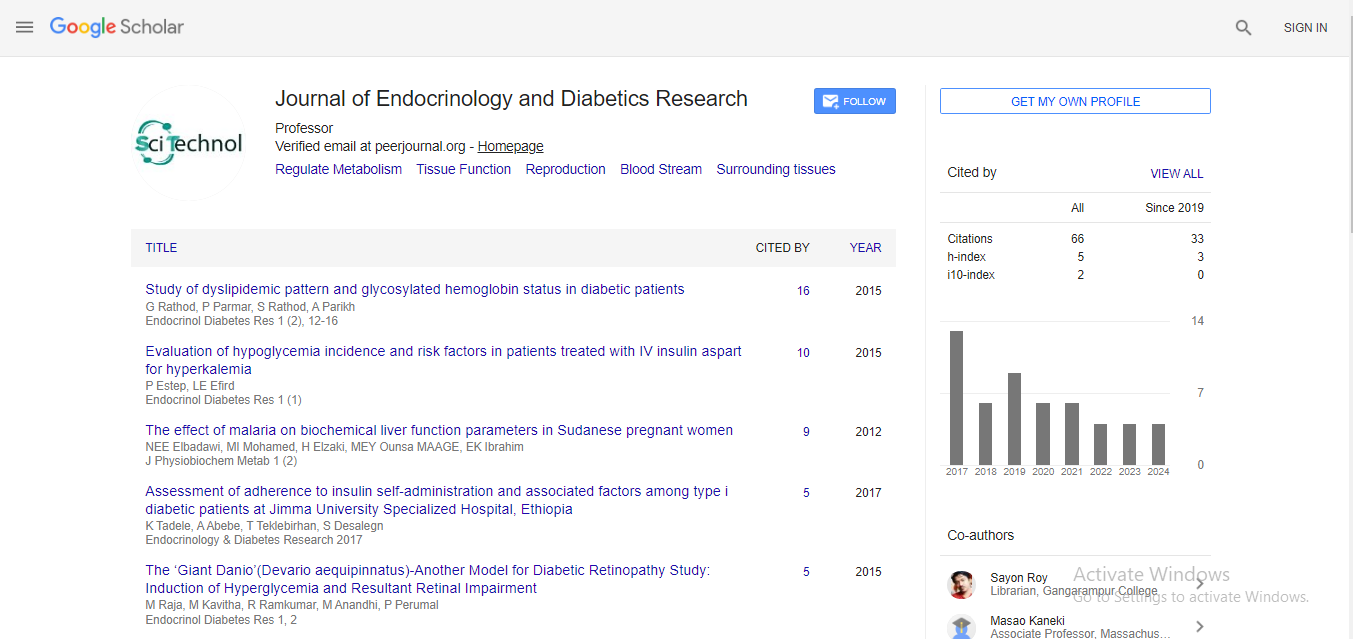Methodology of math-physical medicine
Gerald C Hsu
eclaireMD Foundation, USA
: Endocrinol Diabetes Res
Abstract
Math-physical medicine approach (MPM) utilizes mathematics, physics, engineering models and computer science in medical research. Initially, the author spent four years of self-studying six chronic diseases and food nutrition to gain in-depth medical domain knowledge. During 2014, he defined metabolism as a nonlinear, dynamic and organic mathematical system having 10 categories with ~500 elements. He then applied topology concept with partial differential equation and nonlinear algebra to construct a metabolism equation. He further defined and calculated two variables, metabolism index and general health status unit. During the past 8.5 years, he has collected and processed 1.5 million data. Since 2015, he developed prediction models, i.e. equations, for both postprandial plasma glucose (PPG) and fasting plasma glucose (FPG). He identified 19 influential factors for PPG and five factors for FPG. He developed the PPG model using optical physics and signal processing. Furthermore, by using both wave and energy theories, he extended his research into the risk probability of heart attack or stroke. In this risk assessment, he applied structural mechanics concepts, including elasticity, dynamic plastic and fracture mechanics, to simulate artery rupture and applied fluid dynamics concepts to simulate artery blockage. He further decomposed 12,000 glucose waveforms with 21,000 data and then re-integrated them into three distinctive PPG waveform types which revealed different personality traits and psychological behaviors of type 2 diabetes patients. Furthermore, he also applied fourier transform to conduct frequency domain analyses to discover some hidden characteristics of glucose waves. He then developed an AI Glucometer tool for patients to predict their weight, FPG, PPG and A1C. It uses various computer science tools, including big data analytics, machine learning and artificial intelligence to achieve very high accuracy (95% to 99%).
Biography
Gerald C Hsu received an honorable PhD in mathematics and majored in engineering at MIT. He attended different universities over 17 years and studied seven academic disciplines. He has spent 20,000 hours in T2D research. First, he studied six metabolic diseases and food nutrition during 2010-2013, then conducted research during 2014-2018. His approach is “math-physics and quantitative medicine” based on mathematics, physics, engineering modeling, signal processing, computer science, big data analytics, statistics, machine learning and AI. His main focus is on preventive medicine using prediction tools. He believes that the better the prediction, the more control you have.
E-mail: g.hsu@eclairemd.com
 Spanish
Spanish  Chinese
Chinese  Russian
Russian  German
German  French
French  Japanese
Japanese  Portuguese
Portuguese  Hindi
Hindi 


